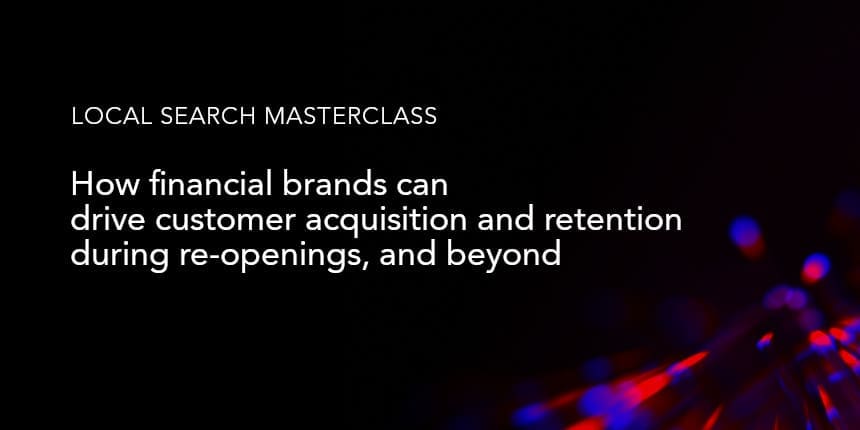
 2021-predictions-how-the-top-3-data...
2021-predictions-how-the-top-3-data... 
Thought last year was a little crazy? Then hang on to your hat because 2021 might just go down as the most predictably unpredictable year on record (in the world of data analytics, anyway).
Unfortunately, accounting for predictable unpredictability through data and analytics is a tall order. Despite clear emergent patterns in shifting consumer behavior, we simply can’t trust any anticipated outcomes amid the massive uncertainty around lockdowns, restrictions, and vaccinations.
So, rather than making definitive calls, here’s how we expect things could go—for better or worse—for this year’s top three trends in data.
-
Savvy data specialists will treat 2020 differently
Massive shifts in online purchasing, remote working, and more made 2020 the most anomalous year in recent memory. Yet, paradoxically, the trillions of data points collected may cloud our ability to see our customers clearly.
The wrong way forward ❌
- Failing to account for increased device sharing during lockdowns, which may have polluted individual customer profiles (think homeschooled child clicking on a YouTube pre-roll ad for a toy while logged into a parent’s profile)
- Combining 2019 and 2020 data in your models
- Lacking regional adjustments in your data to account for local variability in lockdown protocols
The right way forward ✔️
- Ensure your models rely on 2020, and not years before
- Overcome model fragility by putting a robust anomaly-detection protocol in place
- Go granular to understand how behavior changes in regions following a change in restrictions
-
Google Analytics 4: The game-changer is here
The rollout of Google Analytics 4 promises marketers a major lift in the intelligence offered by the platform. Applying machine learning to generate insights into customer behavior, GA4 could unlock potential of customer web analytics data to drive performance.

The wrong way forward ❌
- Using out-of-the-box tagging and tracking of common goals without investing in creating a proper measurement strategy
- Allowing anomalous 2020 data to skew GA4’s machine learning algorithms
- Sticking to your site’s custom tagging because of the sunk costs—or, conversely, making the leap to GA4 without established analytics support
The right way forward ✔️
- Your app is gaining traction, so deploy GA4 specifically to gain better visibility into these users
- Shift your business to a “user-based” framework, where app and website data combine to focus more on the visitor than the channel
- Give your analytics team access to raw data using BigQuery for deeper analyses, all for free
-
The return of the QR code (yes, really)
The idea of touching of a new iPad that has been swiped and rubbed by thousands of unsanitized hands at an Apple Store seems outright preposterous now, doesn’t it? See also: reaching for a jar of peanut butter in a grocery store to read the ingredients.

Enter QR codes, which have made a surging comeback during the pandemic. These pixelated, stamp-sized Rorschach blots offer the potential to bridge online and offline interactions (a holy grail of marketing) while ensuring customers minimize physical contact with products/personnel. The resurfacing of QR codes implies a lowering of the barriers of use or activation energy needed, which presents marketers with an immense opportunity.
The wrong way forward ❌
- Implementing a QR tracking program under the guise of health, safety, and contact tracing, but using the data to upsell and advertise to customers. It needn’t be an outright violation of trust, but rather a mutualistic value exchange not realized—with customer surrendering details only to receive nothing of great value in return. It’ll look a lot like surveillance.
The right way forward ✔️
- Use QR codes to serve users with an additional layer of enhanced engagement while maintaining a completely touchless interaction. See it as a way to bridge online and offline profiles in order to build richer long-term relationships with customers.
Thanks for reading!
That wraps up our prediction series for 2021. We hope you enjoyed it, and feel prepared for a big year ahead! Check back through our blog if you missed any installments—or simply download our (free) predictions PDF as a handy reference.

